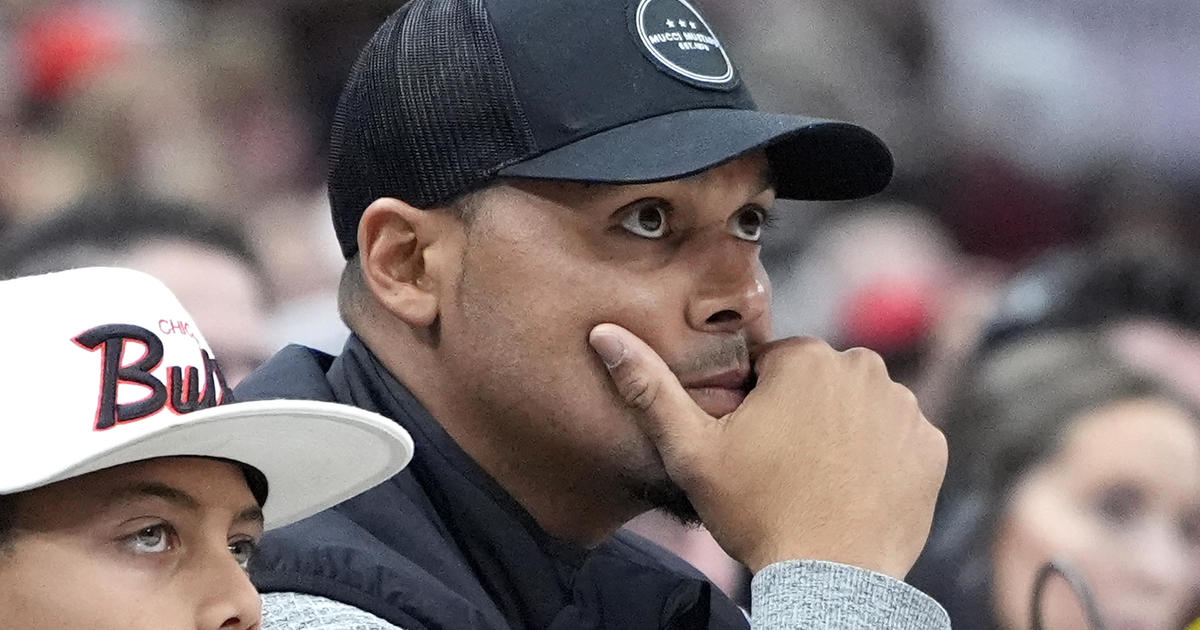The Bernstein Brief: Smaller Strike Zone Might Help The Cubs
By Dan Bernstein--
CBSChicago.com senior columnist
(CBS) Forget whatever that graphic is that TBS is using to show balls and strikes -- it's either guessing or something is fundamentally wrong with how it's programmed.
But looking at the actual calls so far, a liberally interpreted strike zone seems to favor the Mets over the Cubs.
New York power pitchers like Matt Harvey and Noah Syndergaard are working ahead, daring Joe Maddon's team to swing instead of grind away as it has all season, one in which the Cubs' offense was second in MLB in walk percentage and first in strikeout percentage due mostly to seeing so many pitches. It's a strategy that gave them eventual good looks with runners on and ate into starters' pitch counts to tax bullpens earlier in games and series.
When more pitches are strikes, it's hard to make that matter as much.
Jacob deGrom starts for the Mets on Tuesday night, and his 3.48 ERA since Aug. 1 suggests he's not as dominating as he was the first half of the season. His command in his last game wasn't good, throwing only 67 of his 105 pitches for strikes in six innings, walking three and giving up six hits in Game 5 of the NLDS.
Scheduled to be behind the plate is umpire Ted Barrett. According to analysis by SBNation using data from BaseballSavant.com, umps' zones were ranked by bias toward calling balls strikes. Barrett's zone graded out 61st of the 87 surveyed in 2015, much closer to the end that's kinder to the Cubs.
It's not much reason for optimism for the Cubs at this point, but down 2-0 in the NLCS, you have to take what you can find.
Dan Bernstein is a co-host of 670 The Score's "Boers and Bernstein Show" in afternoon drive. You can follow him on Twitter @dan_bernstein and read more of his columns here.



